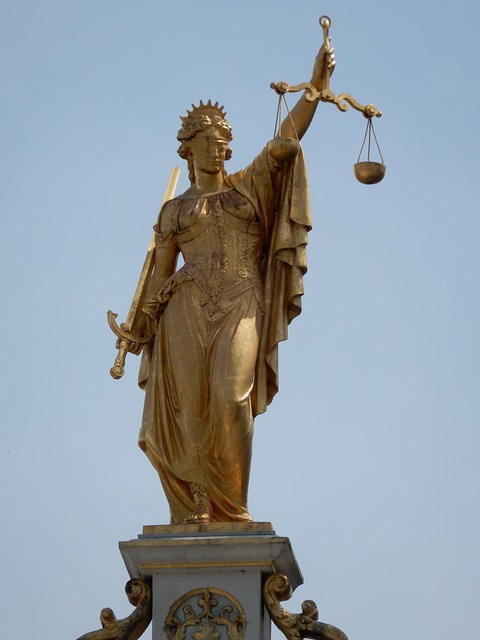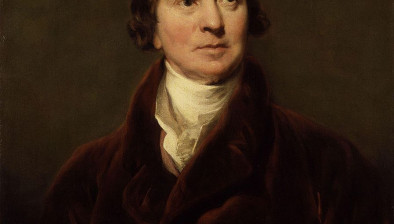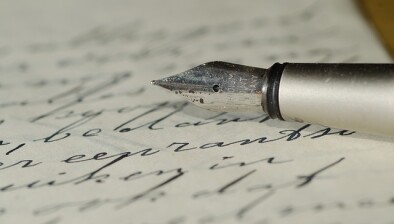Edinburgh Council threatens legal action over removal of Dundas plaque by descendant

Edinburgh Council has threatened to take legal action against a descendant of Henry Dundas following the removal of a plaque that mentions his links to slavery.
The plaque detailed that the 18th century politician was in part responsible for the delay in the aiblition of thr Atlantic slave trade.
It was, however, removed from the Melville Monument last month by a group that was led by one of his descendants.
They say that the plaque is misleading and that the council had no right to install it. Police Scotland said “no criminality was established” after an initial investigation.
The council said it was “in legal correspondence” with Bobby Dundas and the Melville Monument Committee who have “been instructed to return the plaque and present a proposal to make good any damage to the monument caused by removal”.
It also said it “may consider legal action or further involving Police Scotland” if its demands are not met.
The committee acted “completely within the law” Mr Dundas said and claimed it obtained “all the necessary permits” and also ensured the owners of St Andrew Square “had no objection”.
The plaque states that the 1st Viscount Melville was “a contentious figure, provoking controversies that resonate to this day”.
It adds: “While Home Secretary in 1792 and first Secretary of State for War in 1796 he was instrumental in deferring the abolition of the Atlantic slave trade. Slave trading by British ships was not abolished until 1807. As a result of this delay, more than half a million enslaved Africans crossed the Atlantic. Dundas also curbed democratic dissent in Scotland.”
Mr Dundas criticised the inscription as being produced by “non-historians at the height of the Black Lives Matter demonstrations in 2020”.
“It [Edinburgh council] had no authority to install the plaque without consent of the owners in the first place, and continues to defy an order to remove the large signs about the plaque in St Andrew Square,” he said.
“It is in no position to object to the removal of the plaque, which we have done in complete compliance with our legal obligations.”









